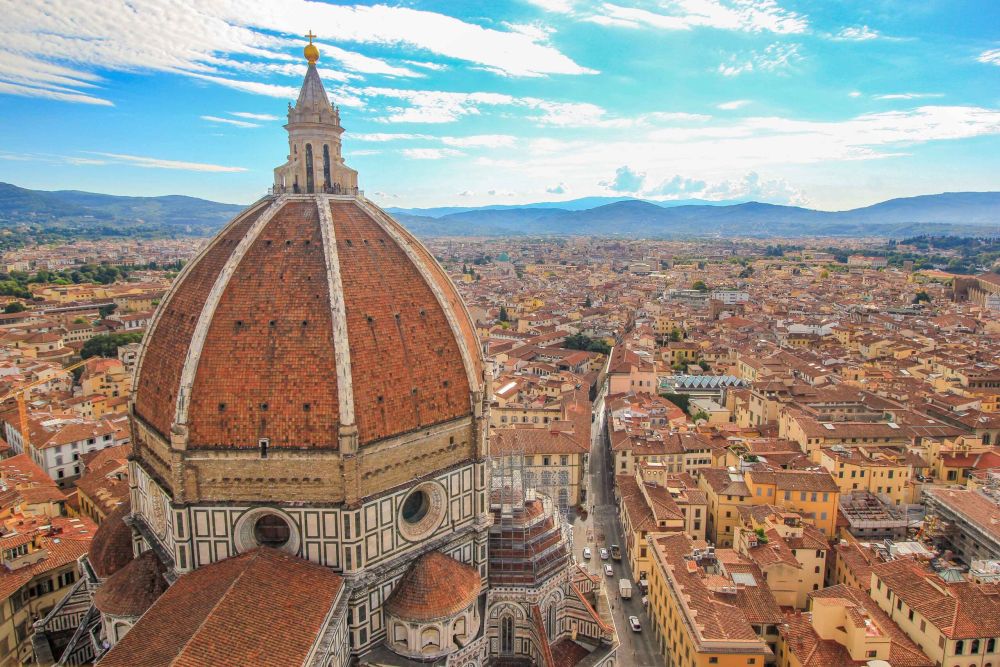

Florence, the birthplace of the Renaissance, stands as one of the most treasured reservoirs of art and architecture in the world. The city's allure, deeply rooted in its history, has made it a magnetic pole for tourists for centuries.
Tourism in Florence can trace its roots back to the Grand Tour era, which started in the late 17th century. This period saw affluent young men, primarily from England and Northern Europe, travel to Italy as the culmination of their classical education. Florence, with its abundant art, history, and culture, was a must-see destination on this journey.
In the 19th century, with the advent of the railway and steamship, travel became more accessible, and Florence saw an increasing number of visitors. Artists, writers, and scholars flocked to the city, drawn by its Renaissance art and burgeoning cultural scene. The cityscape, home to masterpieces by Michelangelo, Leonardo da Vinci, and Botticelli, became a hub for those seeking artistic and cultural enrichment.
The real boom in Florence's tourism, however, came after World War II. With the economy recovering and the middle class burgeoning, travel became a pastime for many, not just the elite. As air travel became more affordable, tourists from around the world started pouring into Florence to witness its historical grandeur firsthand. Its UNESCO World Heritage status, gained in 1982, further cemented its place as a top tourist destination.
In recent years, Florence has seen a shift towards sustainable tourism. The city has been grappling with the challenges of over-tourism, which has led to the implementation of measures to preserve its cultural heritage. Efforts include limiting visitor numbers to significant sites and promoting visits to lesser-known areas and attractions in the region.
Experiential travel has also become more popular, with visitors seeking immersive experiences that offer a deeper connection to the local culture. This includes interactive workshops on traditional crafts, cooking classes, and private tours focusing on niche interests.
Technology has also influenced tourism trends, with virtual reality experiences and augmented reality tours gaining popularity. These allow visitors to experience Florence's history in innovative ways, such as virtual recreations of historical events and art masterpieces.
Moreover, the trend of "slow travel" has been gaining traction, encouraging tourists to stay longer in one destination to explore and appreciate it more fully. This approach aligns with Florence's laid-back lifestyle and the Italian concept of "la dolce vita," offering travelers a richer, more authentic experience.
In conclusion, Florence's history as a tourist destination is a fascinating journey through time, reflecting broader trends in travel and society at large. Today, Florence continues to evolve, seeking a balance between sharing its considerable charms with the world and preserving its unique heritage for generations to come.